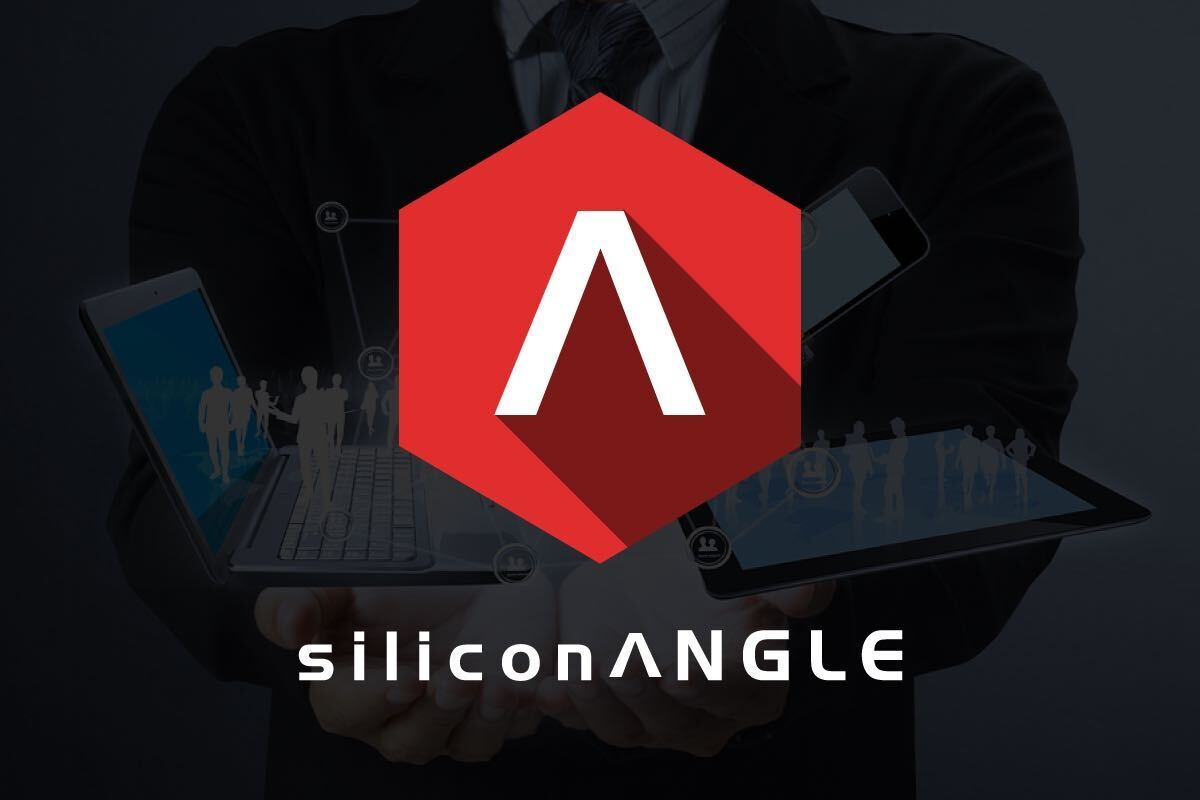


![]() The Hewlett-Packard ecosystem is a key cog in the Moonshot wheel. So much so in fact, that Mark Potter, Senior VP and GM, Industry Standard Servers and Software, Enterprise Group, at HP spent the bulk of his interview with the guys detailing its involvement in the announcement. While on theCUBE with hosts John Furrier, Founder, SiliconANGLE and Dave Vellante, Chief Analyst, Wikibon, Potter described a very intricately woven community element to HP’s announcement and productization of Moonshot.
The Hewlett-Packard ecosystem is a key cog in the Moonshot wheel. So much so in fact, that Mark Potter, Senior VP and GM, Industry Standard Servers and Software, Enterprise Group, at HP spent the bulk of his interview with the guys detailing its involvement in the announcement. While on theCUBE with hosts John Furrier, Founder, SiliconANGLE and Dave Vellante, Chief Analyst, Wikibon, Potter described a very intricately woven community element to HP’s announcement and productization of Moonshot.
In conjunction with this event being covered by SiliconANGLE’s theCUBE, HP had events all around the world including a co-broadcast event in London. Along with a global focused announcement of Moonshot, HP has its Pathfinder Innovation Ecosystem, which consists of 25 silicon vendors. HP is attacking server consolidation on multiple fronts, with multiple tiers of each front. That might be the only aspect of Moonshot that imposes more, not less, is more.
Applications are creating the server. This only serves to pad the hype behind the term Software-Defined Infrastructure, which you’ll note here on SiliconANGLE we like to properly refer to it as Software-Led Infrastructure (as John says, it isn’t defined yet). But where does the software-defined server fit in, and what does that really mean? Here are some loosely adapted thoughts from Potter’s interview:
- The notable thing about Moonshot is the software application
- One must ask, what is the perfect hardware implementation?
- Create the perfect ecosystem and marry it up to that configuration
- Assign storage to node, connect node up to fabric, fabric out to the enterprise starting with that application
- Software can contribute to a perfectly optimized infrastructure
There is plenty of disruption coming in the storage space too, and Vellante rightfully brings that up when talking about how HP’s Moonshot project really takes on the concepts behind software-defined storage. HP is able to add storage capacity into the Moonshot system, implement fault tolerant capabilities, and slice up storage specific to IT requirements. Also noteworthy is that Moonshot will support Flash, a technology closely associated with disruptive redesigns in datacenter architecture, as well as hyperscale trends.
In this new, modern era of computing, HP’s vision is that everyone in the enterprise is going to have to understand the hybrid world into which we’re moving. Compatibility and multiple uses seems to be the name of the game in real-time computing.
Support our mission to keep content open and free by engaging with theCUBE community. Join theCUBE’s Alumni Trust Network, where technology leaders connect, share intelligence and create opportunities.
Founded by tech visionaries John Furrier and Dave Vellante, SiliconANGLE Media has built a dynamic ecosystem of industry-leading digital media brands that reach 15+ million elite tech professionals. Our new proprietary theCUBE AI Video Cloud is breaking ground in audience interaction, leveraging theCUBEai.com neural network to help technology companies make data-driven decisions and stay at the forefront of industry conversations.